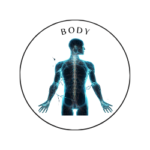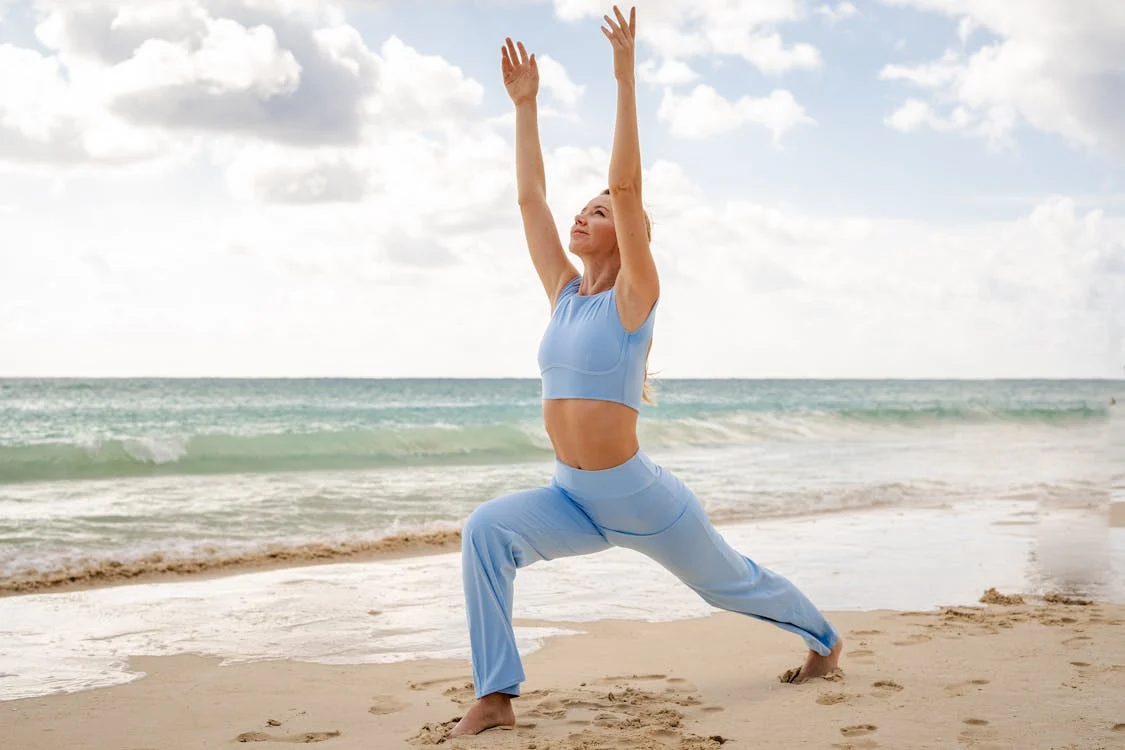 Mind
Mind
- Digital and Modern Well-being
- Mental Health and Emotional Well-being
- Mind-Body Connection and Holistic Health
- Parenting and Family
- Personal Growth and Development
- Relationships and Social Well-being
- Stress and Relaxation
- Therapeutic and Creative Practices
- Trauma and Recovery
- Work, Productivity, and Discipline
 Body
Body
 Fitness
Fitness
 Food
Food
 Beauty
Beauty
The Importance of Regular Physical Activity for Overall Health

Physical activity is one of the most effective ways to maintain and improve overall health. Engaging in regular exercise not only strengthens the body but also enhances mental well-being, reduces the risk of chronic diseases, and improves quality of life. Whether it’s a brisk walk, a yoga session, or a full-body workout, movement is a cornerstone of a healthy lifestyle.
Why Physical Activity Matters
1. Supports Cardiovascular Health
Exercise strengthens the heart, improves circulation, and helps maintain healthy blood pressure levels. Regular physical activity reduces the risk of heart disease, stroke, and other cardiovascular conditions.
2. Promotes Weight Management
Physical activity helps regulate body weight by burning calories and boosting metabolism. It is an essential part of managing obesity and preventing weight-related health issues such as type 2 diabetes.
3. Enhances Muscular and Skeletal Health
Weight-bearing exercises like running or resistance training improve muscle strength, bone density, and joint flexibility. This reduces the risk of osteoporosis, fractures, and muscle loss as we age.
4. Boosts Mental Well-Being
Exercise stimulates the release of endorphins, often referred to as “feel-good” hormones. These chemicals help reduce symptoms of anxiety, depression, and stress while enhancing mood and self-esteem.
5. Improves Sleep Quality
Regular physical activity can help regulate sleep patterns, making it easier to fall asleep and stay asleep. People who exercise regularly often report feeling more refreshed and energised upon waking.
6. Reduces the Risk of Chronic Diseases
Consistent exercise lowers the risk of developing chronic conditions such as:
- Type 2 diabetes
- Certain types of cancer
- Hypertension
- Arthritis
7. Supports Brain Health
Physical activity improves blood flow to the brain, enhancing cognitive function, memory, and concentration. It also reduces the risk of neurodegenerative diseases like Alzheimer’s.
How Much Exercise Do You Need?
The World Health Organization (WHO) recommends:
- Adults: At least 150–300 minutes of moderate-intensity aerobic activity or 75–150 minutes of vigorous-intensity activity weekly, along with muscle-strengthening exercises twice a week.
- Children and Adolescents: At least 60 minutes of moderate to vigorous activity daily.
Types of Physical Activity
1. Aerobic Exercise
Activities like walking, cycling, swimming, or dancing improve cardiovascular health and endurance.
2. Strength Training
Lifting weights, using resistance bands, or performing bodyweight exercises builds muscle strength and bone density.
3. Flexibility and Balance
Practices such as yoga, Pilates, and tai chi enhance flexibility, reduce the risk of falls, and promote relaxation.
4. Recreational Activities
Sports, gardening, or playing outdoors with children add variety and fun to your fitness routine while keeping you active.
Tips for Incorporating Regular Exercise
Start Small
If you’re new to exercise, begin with 10–15 minutes a day and gradually increase the duration and intensity.Find Activities You Enjoy
Choose exercises that align with your interests to make them sustainable.Make It a Habit
Schedule your workouts at the same time each day to build consistency.Incorporate Movement Into Daily Life
Take the stairs, park farther away, or stand while working to add physical activity to your routine.Stay Hydrated and Rest
Drink plenty of water and allow time for rest and recovery to avoid injury.
Exercise and Different Life Stages
- Children: Encourage playful activities to build motor skills and foster a love for movement.
- Adults: Focus on a mix of aerobic and strength-training exercises to maintain fitness and prevent disease.
- Older Adults: Prioritise low-impact activities like walking, swimming, and stretching to maintain mobility and reduce fall risk.
Conclusion
Regular physical activity is a powerful tool for achieving and maintaining optimal health. Beyond the physical benefits, it uplifts mental well-being, fosters social connections, and adds vibrancy to everyday life. Regardless of age or fitness level, incorporating movement into your daily routine can significantly enhance your overall quality of life. By taking small steps toward regular exercise, you’re investing in a healthier, happier future.
